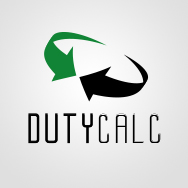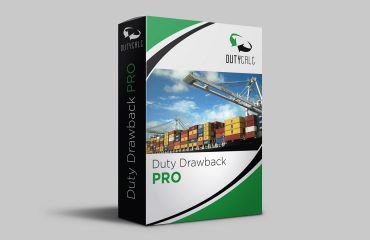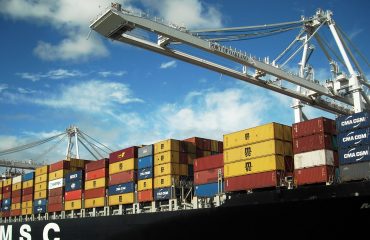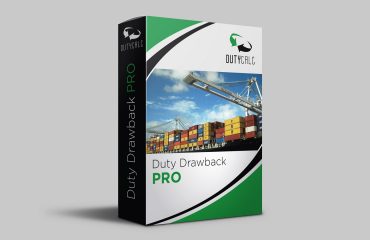Navigating the Basics of Import and Export
Duty Drawback Software | Import Export Consulting | Processing Filing | Full Service
Navigating the Basics of Import and Export
In the dynamic world of international trade, new import and export businesses often find themselves navigating a complex web of regulations and procedures. Understanding the fundamentals is crucial for success, and among the key considerations is the concept of duty drawback and the process of filing claims.
Duty Drawback Demystified
Duty drawback is a financial incentive that governments offer to businesses engaged in import and export activities. It provides a mechanism for recovering customs duties, taxes, and fees paid on imported goods that are subsequently exported. This incentive aims to enhance global competitiveness and stimulate economic growth by easing the financial burden on businesses involved in cross-border trade.
How Does Duty Drawback Work?
- Eligibility Criteria: Importers and exporters must meet specific eligibility criteria to qualify for duty drawback. Common requirements include proper documentation, proof of export, and adherence to specific timelines.
- Types of Duty Drawback: Duty drawback comes in various forms, such as drawback on imported raw materials used in exported products, or drawback on the entire duty paid on imported goods that are later re-exported. Understanding the different types is crucial for maximizing benefits.
- Documentation and Record Keeping: Accurate and detailed documentation is the cornerstone of successful duty drawback claims. Maintaining records of imports, exports, and financial transactions is essential for proving eligibility and facilitating the claims process.
Filing Duty Drawback Claims
- Thorough Understanding of Regulations: Importers and exporters should familiarize themselves with the specific regulations governing duty drawback in their respective countries. This includes understanding the permissible time frame for filing claims and the types of supporting documents required.
- Engage with Customs Authorities: Establishing open communication with customs authorities is crucial. Seek guidance on proper procedures, documentation requirements, and any recent updates or changes in duty drawback regulations.
- Utilize Technology: Leverage technology to streamline the claims process. Many countries have adopted digital platforms for filing duty drawback claims, providing a faster and more efficient means of submission.
In conclusion, new import and export businesses must prioritize understanding duty drawback as a valuable tool to optimize cost management. Navigating the intricacies of eligibility, types of drawback, and the claims process will empower businesses to unlock the financial benefits of international trade, fostering growth and competitiveness in the global marketplace.





